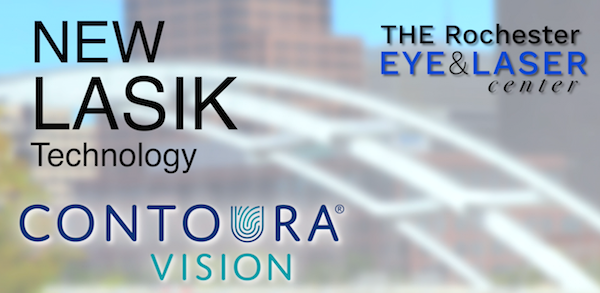
Visual Freedom Unveiled: Deep Dive into LASIK Technology
Revolutionizing Vision Correction
LASIK, or Laser-Assisted In Situ Keratomileusis, has revolutionized vision correction, providing millions of individuals with the opportunity to achieve visual freedom. At the core of LASIK’s success is its reliance on advanced laser technology, reshaping the cornea to correct refractive errors. Let’s delve into the insights of LASIK technology and how it has transformed the landscape of vision correction.
Precision with Excimer Lasers
Excimer lasers serve as the workhorse in LASIK procedures, providing the precision required for corneal reshaping. These ultraviolet lasers precisely remove microscopic amounts of corneal tissue, allowing surgeons to sculpt the cornea and adjust its curvature. The accuracy of excimer lasers is paramount, as it determines the effectiveness and predictability of vision correction outcomes.
Femtosecond Lasers: Crafting Flaps with Precision
In addition to excimer lasers, femtosecond lasers play a crucial role in LASIK procedures. These lasers are employed to create the corneal flap, a thin layer lifted to expose the underlying cornea for reshaping. Femtosecond lasers operate at incredibly short time scales, enabling surgeons to craft corneal flaps with micron-level precision. The use of femtosecond lasers enhances the safety and accuracy of LASIK.
Wavefront Technology for Personalized Correction
LASIK goes beyond traditional vision correction with the integration of wavefront technology. This advanced technique creates a detailed map of the eye, capturing unique imperfections that contribute to visual errors. By incorporating wavefront data into the LASIK procedure, surgeons can tailor the corneal reshaping to address both common refractive errors and higher-order aberrations, providing more personalized and precise vision correction.
Topography-Guided LASIK: Mapping the Terrain
Topography-guided LASIK takes customization to the next level by considering the corneal surface’s unique topography. This technology creates a 3D map of the cornea, allowing surgeons to identify irregularities and optimize the treatment plan accordingly. Topography-guided LASIK is particularly beneficial for individuals with corneal irregularities or those seeking enhancement after previous vision correction procedures.
Intraoperative Pachymetry: Monitoring Corneal Thickness
Maintaining corneal thickness is crucial for the safety and effectiveness of LASIK. Intraoperative pachymetry is a technology used during LASIK procedures to measure corneal thickness in real-time. This ensures that the cornea retains sufficient thickness after tissue removal, reducing the risk of complications and enhancing the overall safety of the procedure.
PresbyLASIK: Addressing Age-Related Vision Changes
PresbyLASIK addresses the natural changes in vision that occur with age, specifically presbyopia. This condition affects near vision and becomes more prevalent as individuals age. LASIK surgeons use multifocal or accommodating techniques to reshape the cornea, providing improved vision at various distances. PresbyLASIK offers a comprehensive solution for individuals experiencing age-related vision changes.
Explore LASIK Technology Insights for Informed Choices
For those seeking informed choices about LASIK, LASIK Technology Insights offers valuable information and resources. Discover how LASIK technology has evolved, explore the various advancements, and gain insights into the factors that contribute to successful vision correction. Take a deep dive into LASIK technology for a clearer understanding of this transformative procedure.
Conclusion: Transforming Vision with LASIK Technology
LASIK technology has transformed the landscape of vision correction, offering precision, customization, and safety. From excimer lasers and femtosecond lasers to wavefront technology and topography-guided LASIK, each advancement contributes to the success and predictability of LASIK outcomes. As technology continues to evolve, LASIK remains at the forefront, providing individuals with the opportunity to unveil visual freedom and experience life without the constraints of glasses or contact lenses.